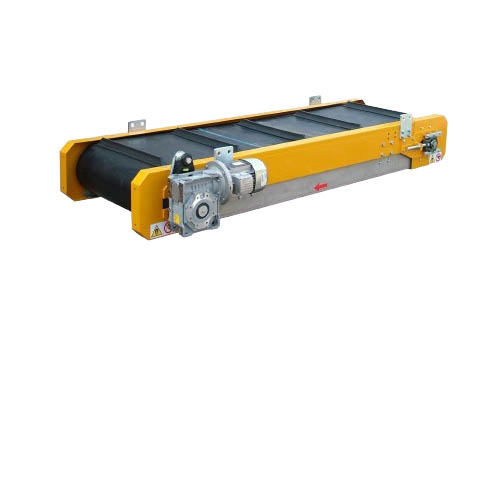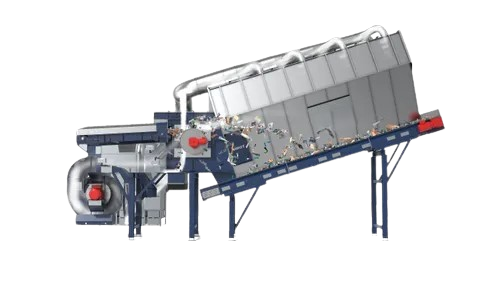Air Density Separator
An air density separator is a type of air classifier used to separate materials based on their density and aerodynamic properties. It utilizes a controlled air stream to separate lighter materials from heavier ones. This type of separator is commonly used in recycling, mining, and agricultural applications.
Components
- Airflow System
- Fan or Blower: Generates the air stream needed for separation.
- Ducts and Channels: Direct the airflow through the separator.
- Separation Chamber
- Design: Where the material is exposed to the airflow.
- Surface: Often has adjustable inclines or baffles to control air distribution.
- Material Feed System
- Hopper or Conveyor: Feeds material into the separation chamber.
- Distribution Mechanism: Ensures even distribution of material across the airflow.
- Discharge Chutes
- Material: Made from metal or plastic.
- Design: Directs separated light and heavy materials to different collection points.
- Control Panel
- Function: Manages airflow speed, material feed rate, and other settings.
- Controls: Allows for adjustments to optimize separation efficiency.
Working Principle
- Material Feeding: Material is fed into the separation chamber.
- Airflow Generation: The fan or blower creates an air stream that moves through the chamber.
- Density Separation: Lighter materials are carried away by the airflow, while heavier materials fall to the bottom.
- Discharge: Separated materials are collected through different chutes based on their density.
Applications
- Recycling: Separating plastics from metals or other materials.
- Mining: Sorting ores and waste rock.
- Agriculture: Removing lighter contaminants from seeds or grains.
- Waste Management: Sorting and recycling materials from municipal waste.
Benefits
- Efficient Separation: Effectively separates materials based on density.
- Versatility: Suitable for various materials and industries.
- Adjustable: Allows for fine-tuning of separation parameters.
- Reduced Contamination: Improves material purity and process efficiency.


